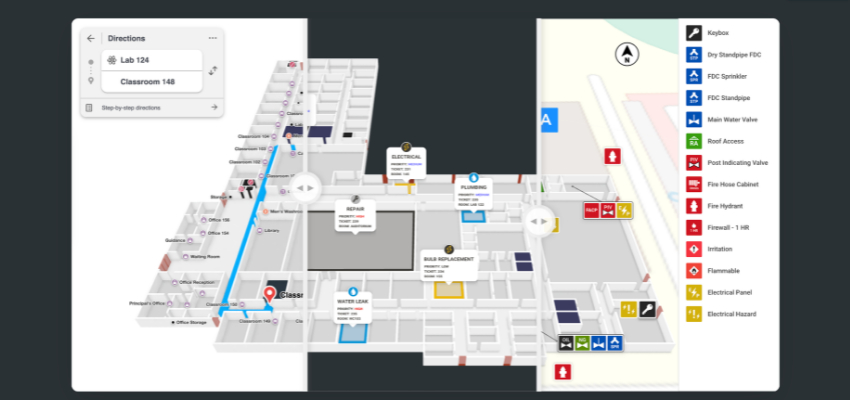Show:
How IT Teams Can Use DMN to Refine Existing Processes
One of the most time-consuming tasks for IT teams is creating workflows that are constantly being updated to meet business needs. This can be greatly improved by using decision model and notation (DMN), which is a framework that models the design and development of workflows.
One of its main strengths is in reducing complexity by providing standardized workflows to manage complexity. This way, organizations can focus on what they do best—creating products and services—while an organization’s business analyst takes care of defining the processes, standards, and updates needed.

Here are some ways your team can use DMN to update your existing business processes.
What is DMN?
DMN was developed to provide a definition and documentation of workflows. It is a way to organize workflows by identifying what software is needed to perform the tasks. Each workflow contains the rules for what information and technology to use, along with the user’s responsibilities.
When defining the rules, DMN also describes what the organization values when describing the business processes that need to be run in an automated way.
A decisions software rules engine enables an organization to define what information and technology is needed to perform a certain task. The software engine maps the ontology definitions to the answers needed to perform the tasks. These rules allow organizations to run the workflow automatically.
To use the framework, organizations can apply ontology-based questions to the workflow to specify the business rules. It is possible to allow organizations to determine what sort of logic is needed to perform a task, for example, using how-to-do rules or instructions or a time limit for the task.

Why should IT use DMN?
DMN can be used by IT teams to reduce complexity and simplify workflows. With DMN, any business analyst is able to manage business processes, and IT should be able to make changes to the business processes and deliver the required output to the business units.
This is particularly useful in the absence of a business analyst, as it allows them to build business processes while controlling how they are performed.
DMN reduces the amount of effort and resources that IT needs to spend on maintaining workflows. It also reduces the time spent developing and maintaining business processes, as well as reduces the need for changes to the business processes. For IT teams, it is easier to deliver the right business processes to the right people.
How can DMN be used to refine existing processes?
Many organizations need to be sure that their business processes are being followed. This can be extremely challenging, particularly when they need to decide on what to implement to support the processes. What information is necessary to successfully complete the tasks? How are these tasks made to happen?
Consider the user who makes a purchase on a website. Should they be required to fill in a form that they may be unfamiliar with, or can they use a graphical user interface (GUI) to complete the purchase? How does the system know which button to click to start the process? How do the right steps need to be coded to make sure that the right processes are carried out?
DMN can address these challenges by automating steps that are required to execute the business processes. These steps may be passed onto systems, which define the processes. This allows you to quickly define a series of steps that can be coded by an IT team and, at a later date, reviewed by a business analyst.

Use Cases in Business
To use DMN to refine existing processes, an organization first needs to add the user’s requirements to the system. The requirement is usually something that the person doing the work needs to know in order to do their job. This requirement can be the reason for the actions that need to be carried out.
When adding the requirements, it is important that the system updates the business rules so that they follow the user’s requirements. To define these requirements, the business analyst would define the workflows and the information that needs to be used. Once the business analyst has specified what the requirements are, the DMN metadata can be added to the workflow to make it searchable.
Adding metadata to the workflow reduces the effort required by the user and makes the system more intuitive. As a result, the business analyst can focus on writing the logic of the workflow and not on what information needs to be used.
Ease of Use with Diagrams
When designing processes, business analysts often spend time creating hand-coded processes. As the processes evolve, it can be difficult to change the existing workflows and collect all the information needed to perform the tasks.
By using diagrams to manage and share the information, business analysts can create standard workflows that are constantly updated. This provides a database of information to which the business can refer when making changes. In the above example, an IT department can create a diagram that shows the process to create a web form.
The diagram can be used by an employee to navigate through the process and see where they need to place the information to complete a task. This allows them to complete the task without constantly referencing documents and allows for quick and accurate documentation.
It is also important that DMN metadata is designed to be easy to read and understand. The business analyst and the IT team need to be sure that metadata is accurate and matches the process it represents.

 Return to Previous Page
Return to Previous Page








